 |
NASA has published a stunning image captured by the Hubble Space Telescope that shows a ‘three-way gravitational tug-of-war between interacting galaxies.’ The galaxies in the show are in system Arp 195, a system featured in the Atlas of Peculiar Galaxies, a list of the ‘weirder and more wonderful galaxies in the universe.’
Arp 195, otherwise known as UGC 4653, is a galaxy with material ejected from nuclei. It’s one of 15 Arp-numbered galaxies with this characteristic. All but one of these galaxies are interacting or have recently interacted with other celestial objects. The trademark tidal features of the galaxies, including Arp 195, appear to be the result of gravitational interactions.
 |
| Credit: ESA/Hubble & NASA, J. Dalcanton. Click to enlarge. |
Hubble’s new sighting is in the Lynx constellation, about 747 million light-years from Earth. It’s fantastic to see new images from Hubble, as the venerable space telescope suffered significant downtime following a computer glitch earlier this summer. Hubble recently returned to service and celebrated by publishing a pair of stunning monochromatic images last month.
 |
| ‘These images, from a program led by Julianne Dalcanton of the University of Washington in Seattle, demonstrate Hubble’s return to full science operations. [Left] ARP-MADORE2115-273 is a rarely observed example of a pair of interacting galaxies in the southern hemisphere. [Right] ARP-MADORE0002-503 is a large spiral galaxy with unusual, extended spiral arms. While most disk galaxies have an even number of spiral arms, this one has three.’ Text and image credit: Science: NASA, ESA, STScI, Julianne Dalcanton (UW) Image processing: Alyssa Pagan (STScI). Click to enlarge. |
The hiatus aside, Hubble’s observational time is valuable. NASA writes, ‘Observing time with Hubble is extremely valuable, so astronomers don’t want to waste a second. The schedule for Hubble observations is calculated using a computer algorithm which allows the spacecraft to occasionally gather bonus snapshots of data between longer observations. This image of the clashing triplet of galaxies in Arp 195 is one such snapshot. Extra observations such as these do more than provide spectacular images – they also help to identify promising targets to follow up with using telescopes such as the upcoming NASA/ESA/CSA James Webb Space Telescope.’
Hubble offers a unique look into distant space, and it’s great to see that the telescope is working well following its concerning issue. If you’d like to see more of what Hubble is up to, you can check out an image gallery here.
Articles: Digital Photography Review (dpreview.com)


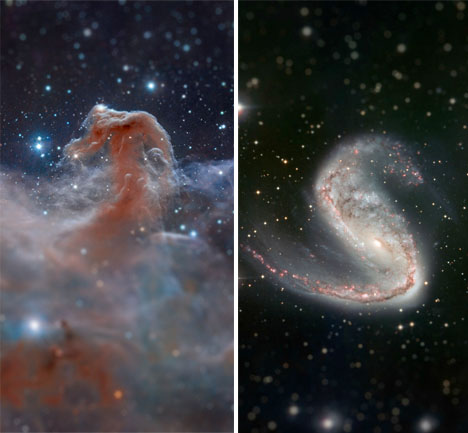
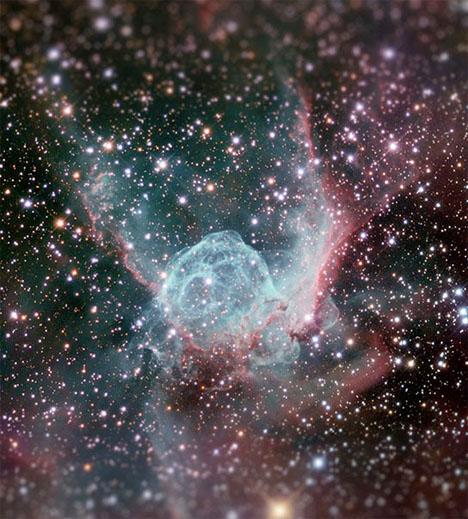
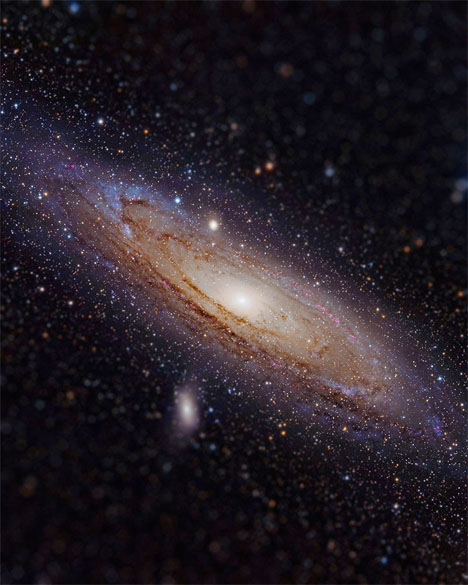
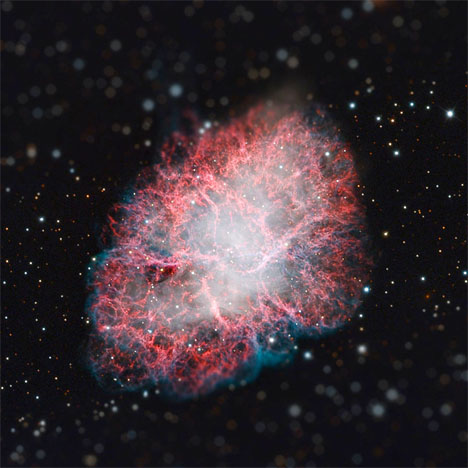
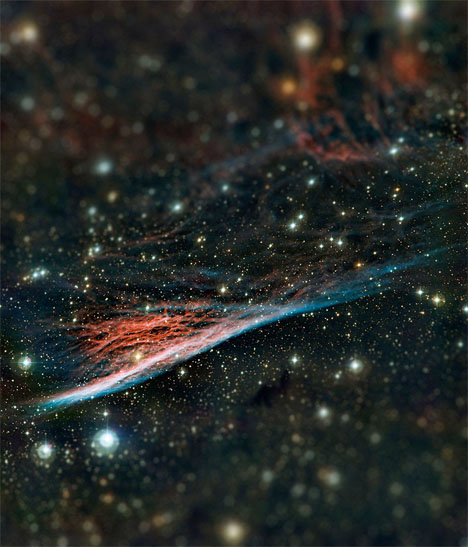


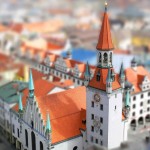




You must be logged in to post a comment.